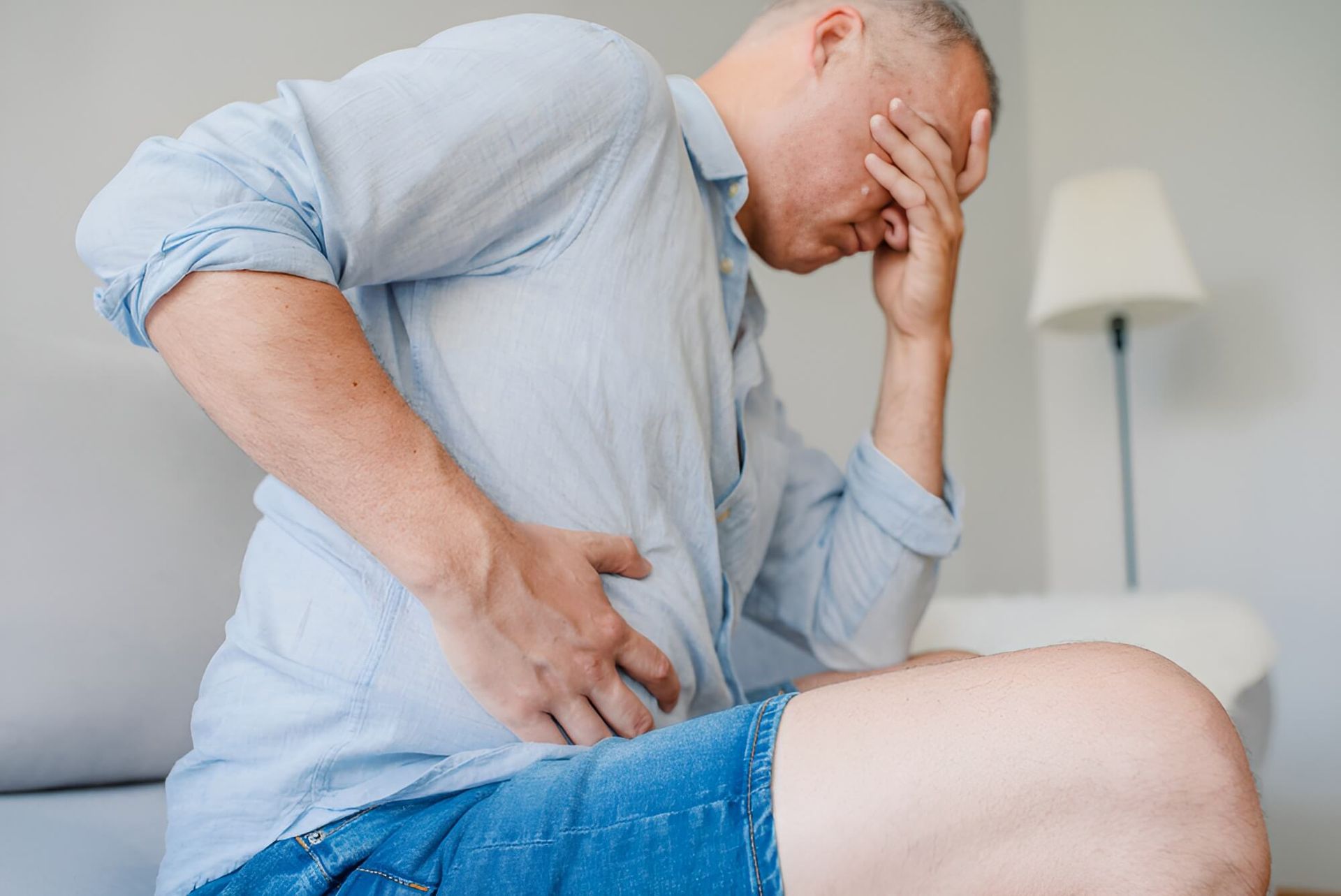We Treat Gastrointestinal Stromal Tumour (GIST) in Brisbane
Wide Range of Surgical Treatments
Support for Enhanced Recovery After Surgery (ERAS)
Non-Judgemental Practitioners
What Is Gastrointestinal Stromal Tumour? (GIST)
GISTs can affect anywhere in the gastrointestinal tract, but most commonly affect the stomach. They range from small (few millimetres) to large (many centimetres) at diagnosis. They can be benign (can’t spread) or malignant (can spread). Many that are symptomatic, leading to investigation and diagnosis, do have malignant/cancer potential.
Causes
GISTs arise from the interstitial cells of Cajal, due to acquired (not congenital) mutations in a protein called C-kit or CD 117. This leads to unregulated division and growth of these interstitial cells of Cajal.
Gastrointestinal Stromal Tumour Symptoms, Tests, & Diagnosis
Symptoms
Large GISTs can present with nausea, loss of appetite and early satiety (feeling full). Some present as emergencies with major bleeding requiring urgent endoscopy.
Tests
The first investigation is usually upper endoscopy to look at the inner lining of the stomach and take biopsies (tissue samples). This is a straightforward and low risk procedure.
Diagnosis & Staging
If you are diagnosed with a gastric GIST, the next step is to ‘stage’ the tumour. This involves further scans (CT scan) to better define whether or not the tumour has spread.
Treatment For Gastrointestinal Stromal Tumour
If your GIST tumour is curable, you will usually proceed directly to laparoscopic/keyhole removal of your GIST. Some cases of very large GISTs are treated with chemotherapy followed by surgical removal of the tumour 4-6 weeks later.











